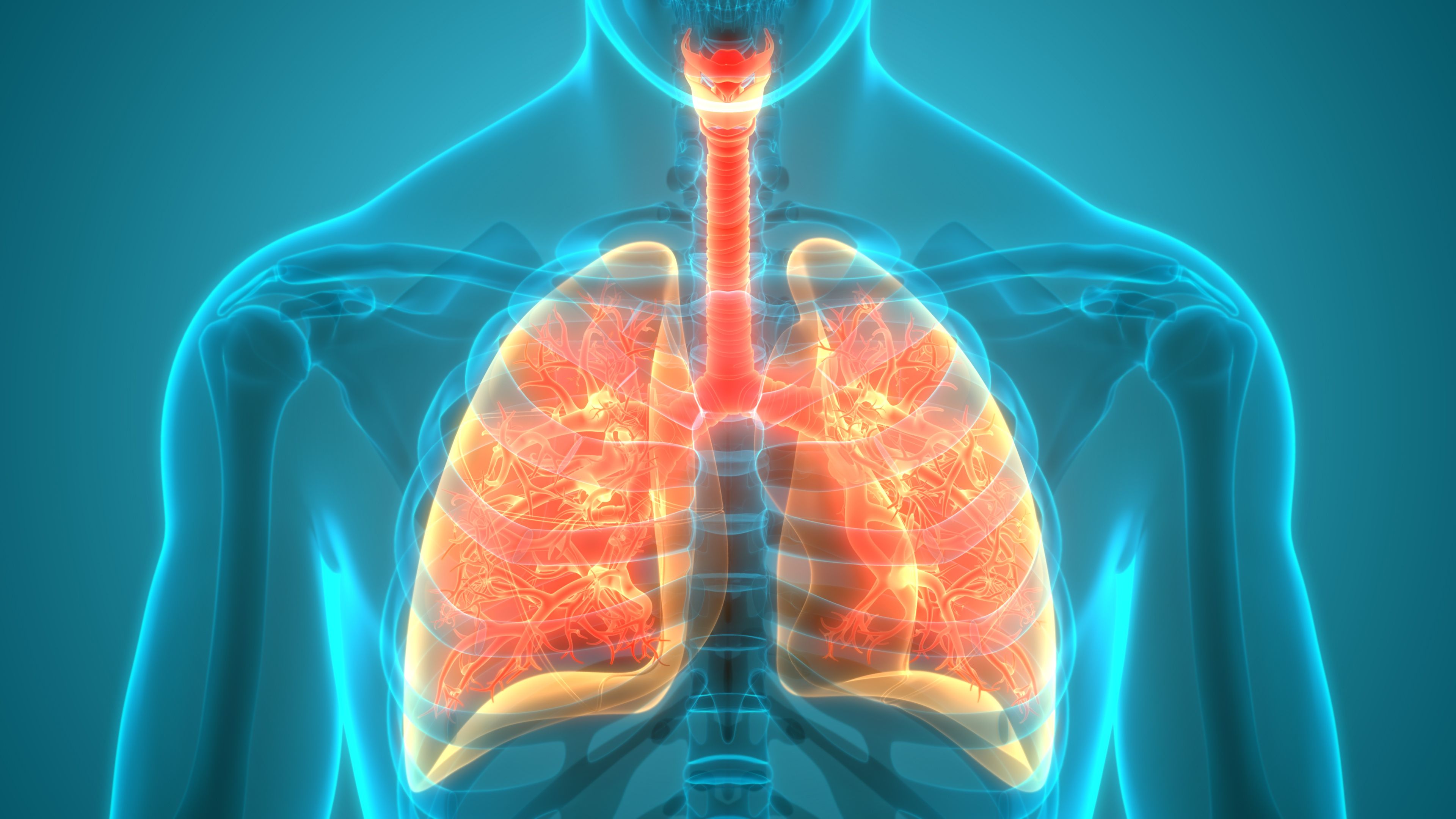Nivo-Ipi Consolidation Fails to Demonstrate Long-Term Survival Advantage Over Placebo in SCLC
The immunotherapy combination of nivolumab and ipilimumab did not extend progression-free survival in patients with small cell lung cancer when compared with placebo.

Consolidation immunotherapy with nivolumab (Opdivo) and ipilimumab (Yervoy) after chemo-radiotherapy for the treatment of limited disease (LD) small cell lung cancer (SCLC) did not improve progression-free survival, according to results of the STIMULI trial published in Annals of Oncology.
Immune-checkpoint inhibitors have proven to be clinically beneficial in patients with SCLC. Thirty percent of patients with SCLC present with limited disease. Even with a curative-intent treatment strategy, LD-SCLC outcomes remain poor, with a median survival of 1 to 24 months and a 5-year survival of 25% to 33%. Adding the combination of nivolumab and ipilimumab may help to improve survival.
STIMULI was a phase 2 (NCT02046733) trial that randomized patients 1:1 to receive the immunotherapy consolidation or observation after chemo-radiotherapy. The study had an actual enrollment of 174 participants and the primary end points of overall survival (OS) and progression-free survival (PFS). Secondary end points include objective response, time to treatment failure, and adverse events.
The combination arm enrolled 78 participants, 8 of which completed treatment. Five patients remain on treatment and 65 failed treatments. Reasons for failure included toxicity (36), progression (15), patient decision (7), investigator decision (4), and death (3).
The observation arm enrolled 75 patients. Thirty-three completed “treatment visits” and 4 were considered on “treatment.” Forty-four patients were considered “treatment failures.” Reasons for “failure” included progression (35), patient decision (1), death (1), and other (1).
The median age of patients in the combination arm was 61.1 (range, 37.7-83.2) and 64.1% were male. Sixty-five percent of patients were former smokers and 34.6% were current smokers. Additionally, 64.1% had an ECOG performance status of 1. Stages included IB (2.6%), IIA (3.8%), IIB (7.7%), IIIA (33.3%), and IIIB (51.3%). Most patients, 83.3% of patients, had a partial response to chemo-radiotherapy. Complete responses were seen in 11.5% of patients and stable disease in 5.2% of patients.
In the observation arm, the median age was 61.9 (range, 38.6-77.3) and 56% were male. Sixty-five percent of patients were former smokers and 33.3% were current smokers. Sixty-eight percent of patients had an ECOG performance status of 1. Stages included IA (2.7%), IB (1.3%), IIA (6.7%) IIB (2.7%), IIIA (36%), and IIIB (48%). Eighty percent of patients had a partial response to chemo-radiotherapy and 14.7% had complete responses. Stable disease was seen in 4% of patients.
The ORR in the experimental arm was 38% (95% CI, 26%-50%) and 47% in the observation arm. The 12-month duration of response was 63% (95% CI, 40.5%-79%) in the experimental arm and 73.2% in the observation arm (95% CI, 53.4%-86.0%). Median PFS in the nivolumab arm was 10.7 months (range, 7-NE) and the median OS was not reached (24.1-NE). In the observation arm, the PFS was 14.5 months (8.2-NE) and the OS was 32.1 months (26.1-NE).
Any grade adverse events occurred in 98.7% of patients in the combination arm, with grade 3 or higher adverse events occurring in 61.5% of patients. Adverse events led to discontinuation in 55.1% of patients in that arm. Adverse events led to death in 5.1% of patients in this arm. In the observation arm, any grade adverse events occurred in 86.7% of patients, with grade 3 or higher adverse events occurring in 25.3% of patients.Adverse events occurred in 1.3% of patients in the observation arm.
Common adverse events occurring in the combination arm and observation arm include fatigue (48.7% vs. 28%), anorexia (32.1% vs. 16%), and diarrhea (28.2% vs. 8%). Grade 3 events in the combination arm included fatigue (3%), anorexia (6.4%), and diarrhea (9%). Grade 3 events seen in the observation arm included pneumonitis (1.3%), hyperthyroidism (1.3%), and anemia (1.3%).
“The short period on active treatment, with a median time to nivolumab and ipilimumab discontinuation of 1.7 months has certainly affected the efficacy. Similar observations were made in the Checkmate-451 trial, with ipilimumab-nivolumab maintenance at the same schedule, where only a median of two treatment cycles could be delivered,” wrote study authors.
REFERENCES:
Peters S, Pujol J, Dani U, et al. Consolidation nivolumab and ipilimumab versus observation in limited-disease small-cell lung cancer after chemo-radiotherapy – results from the randomised phase II ETOP/IFCT 4-12 STIMULI trial. Ann Oncol. 2022;33(1):67-79. doi: 10.1016/j.annonc.2021.09.011.
FDA Grants Breakthrough Status to Sacituzumab Govitecan in ES-SCLC
December 17th 2024The FDA granted breakthrough therapy designation to sacituzumab govitecan for patients with ES-SCLC progressing on platinum chemotherapy, supported by promising antitumor activity in the phase 2 TROPiCS-03 study.
Read More